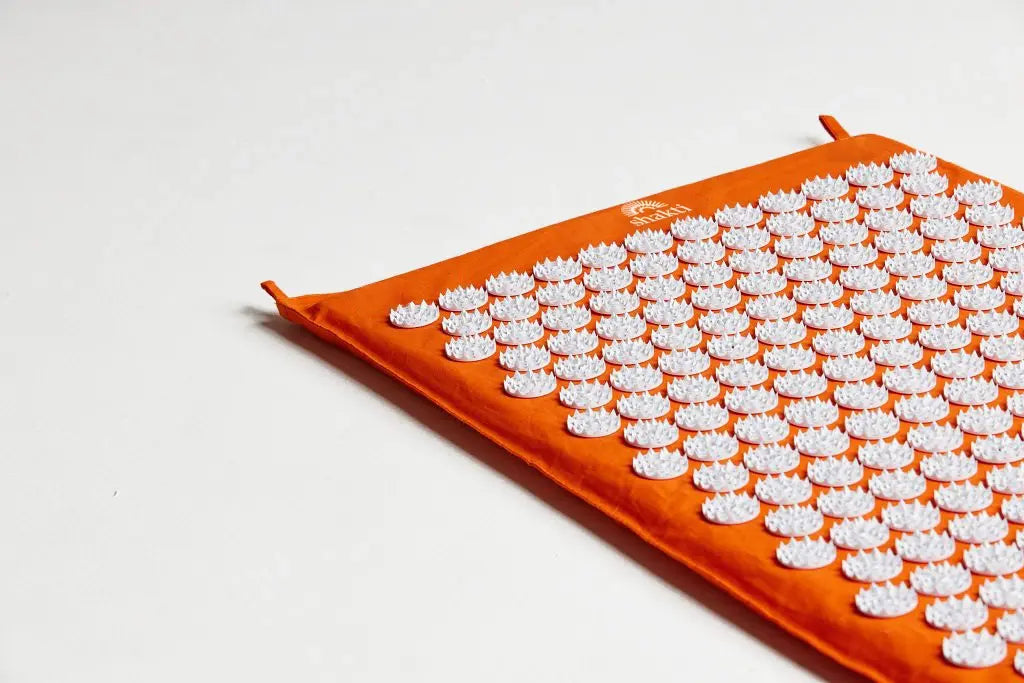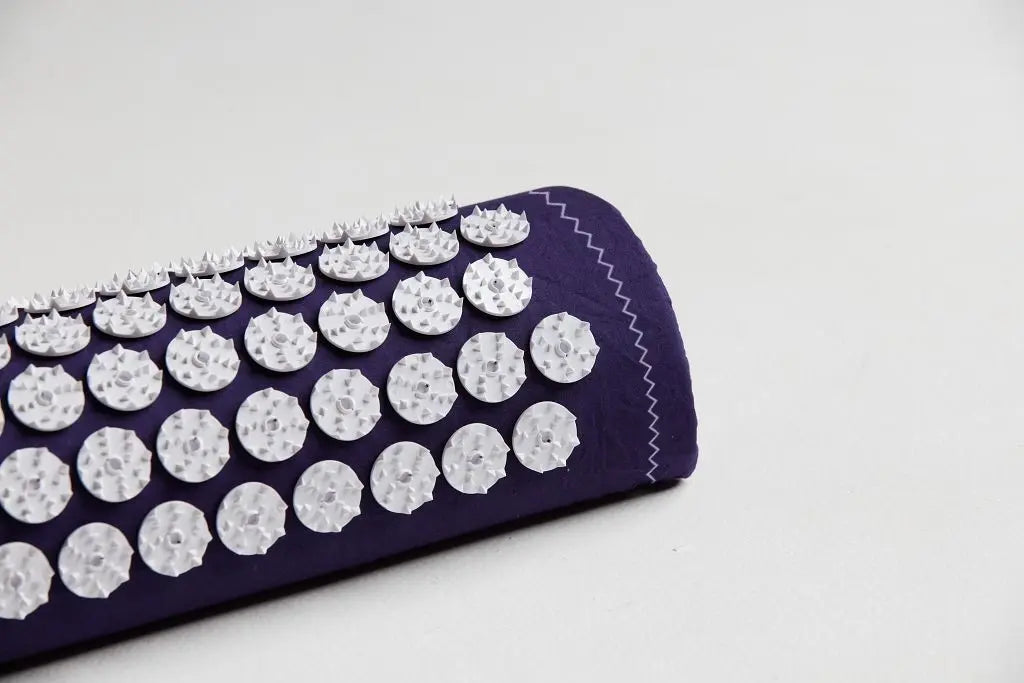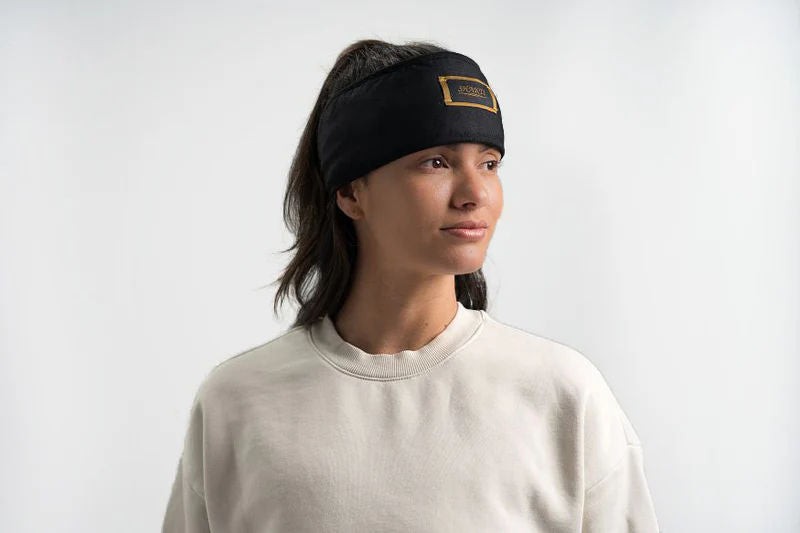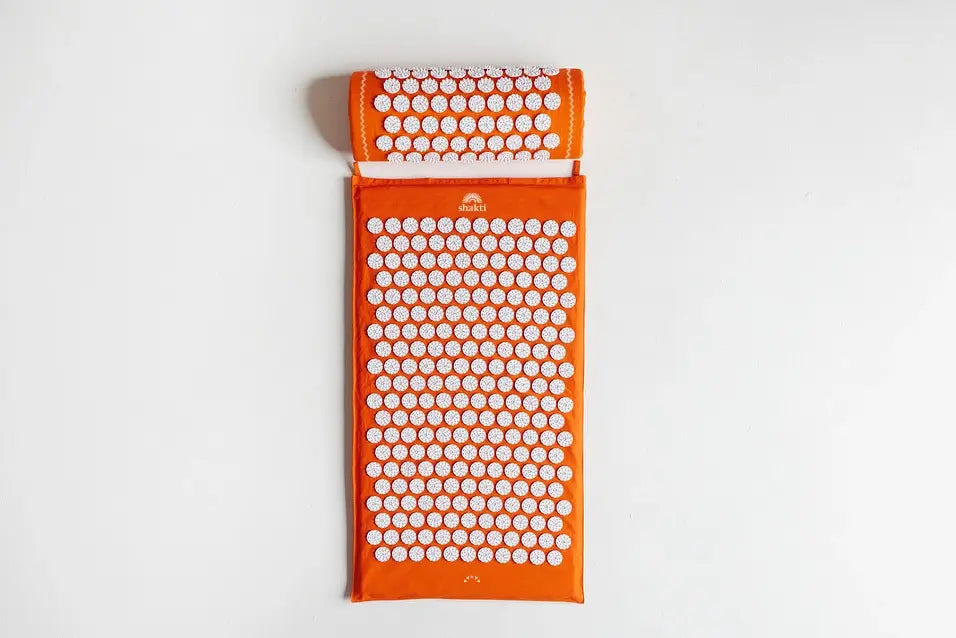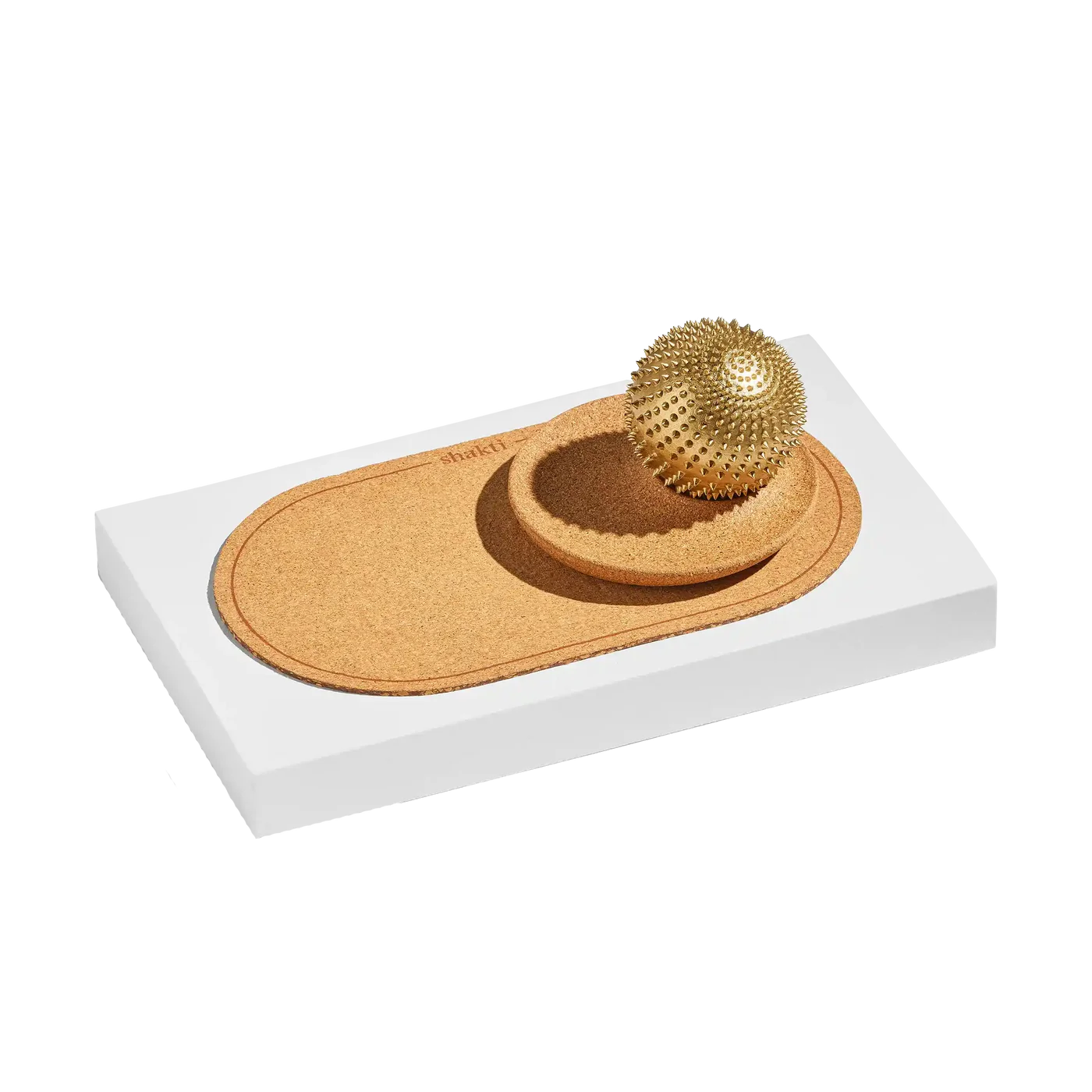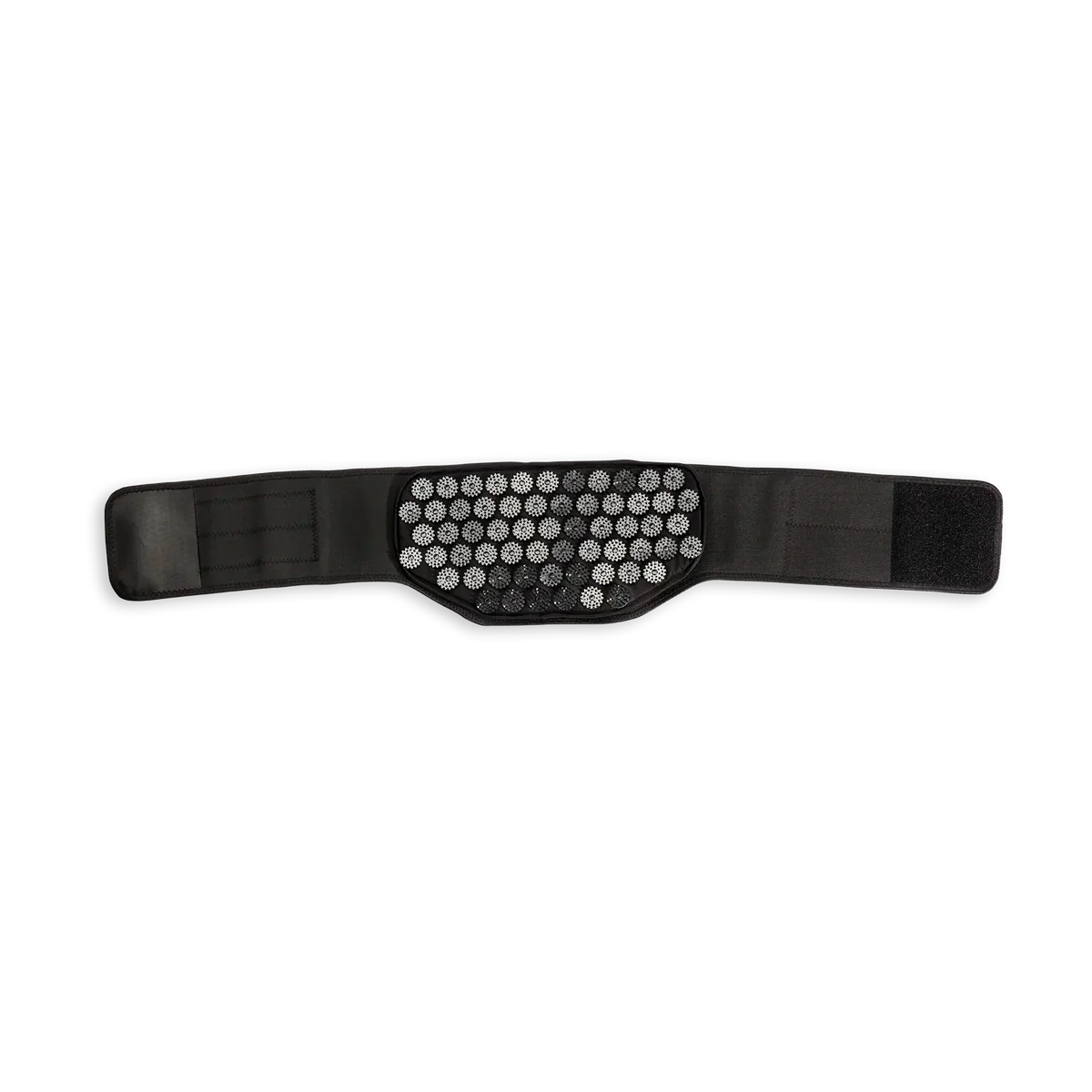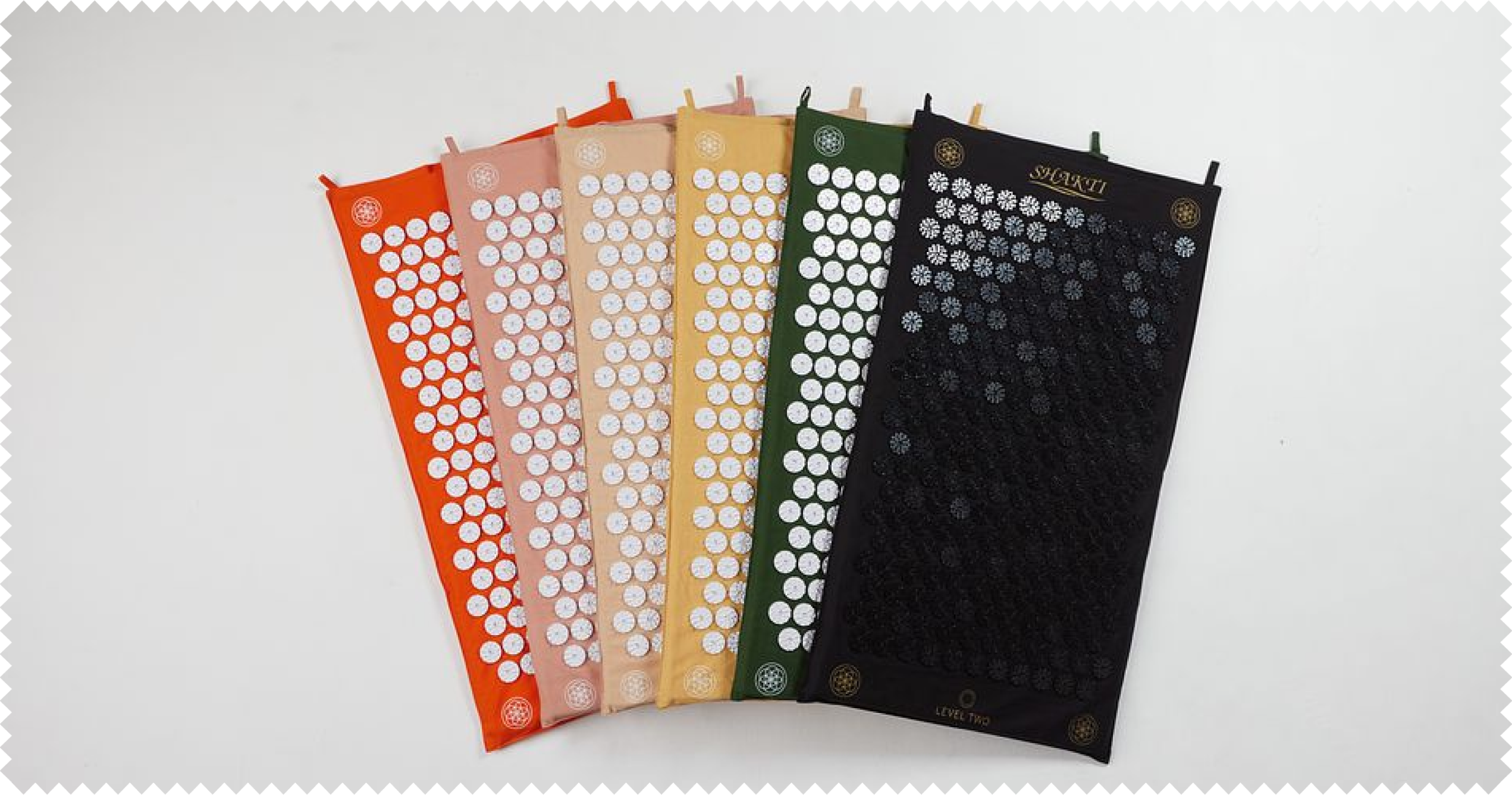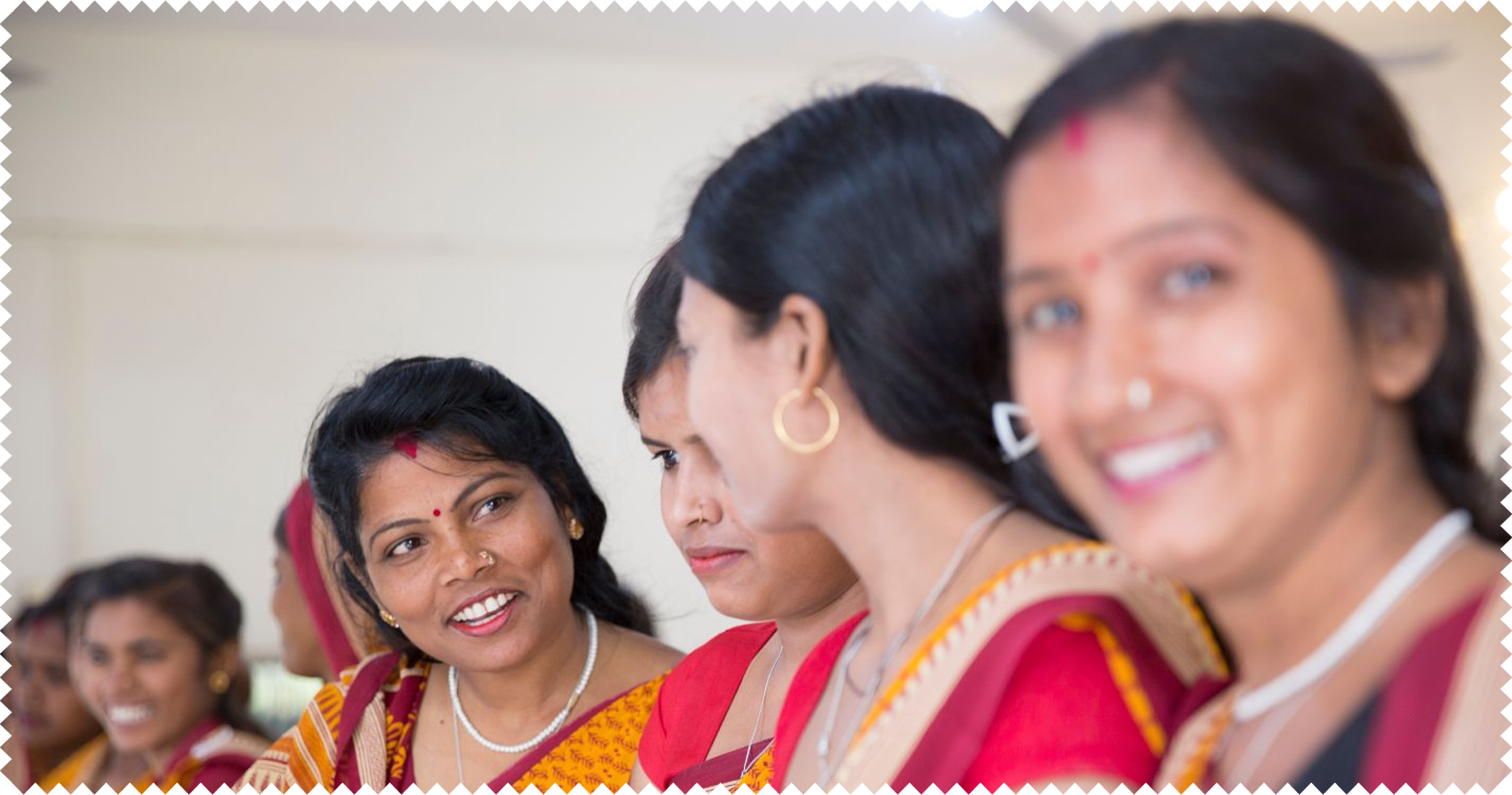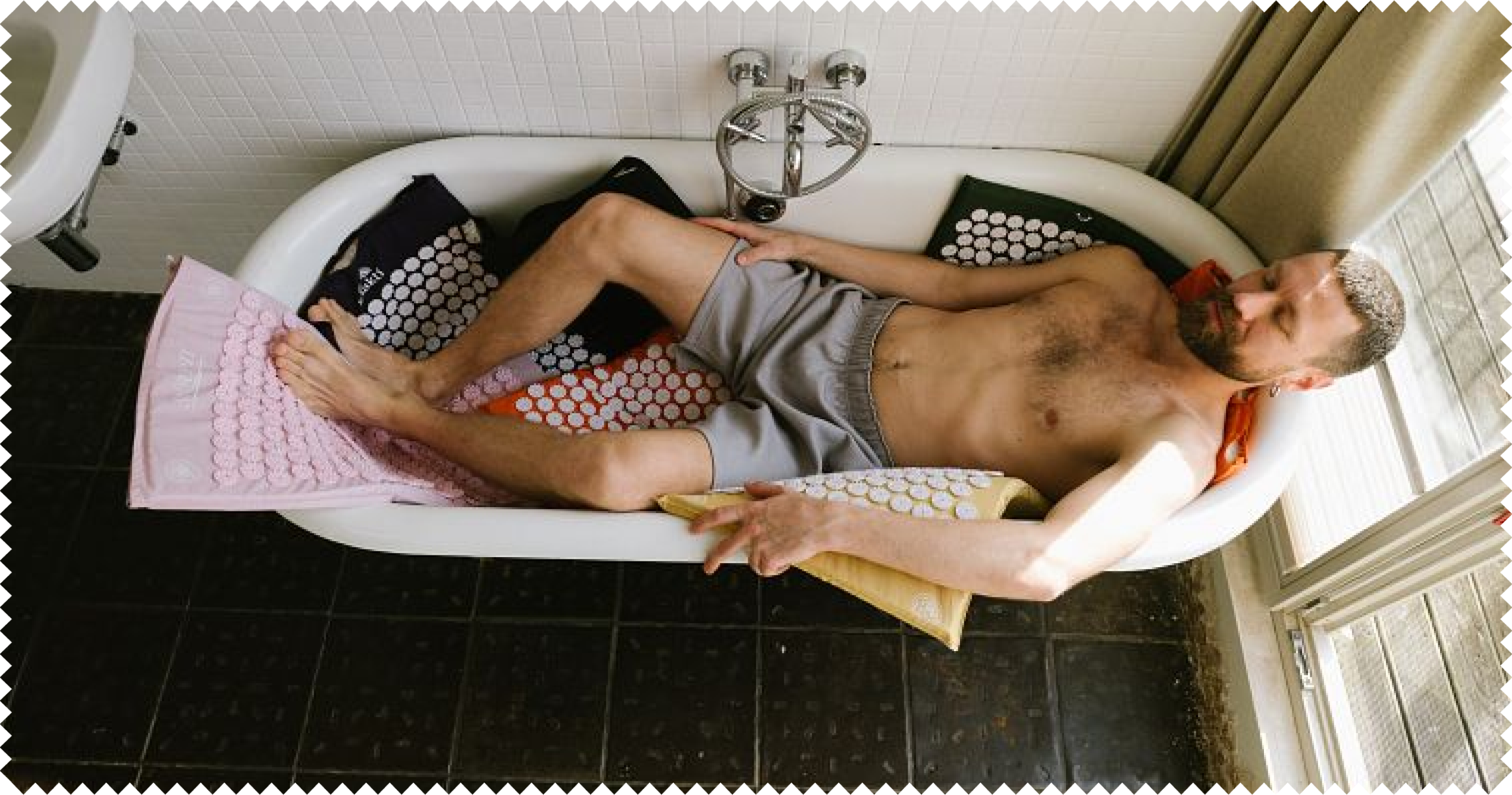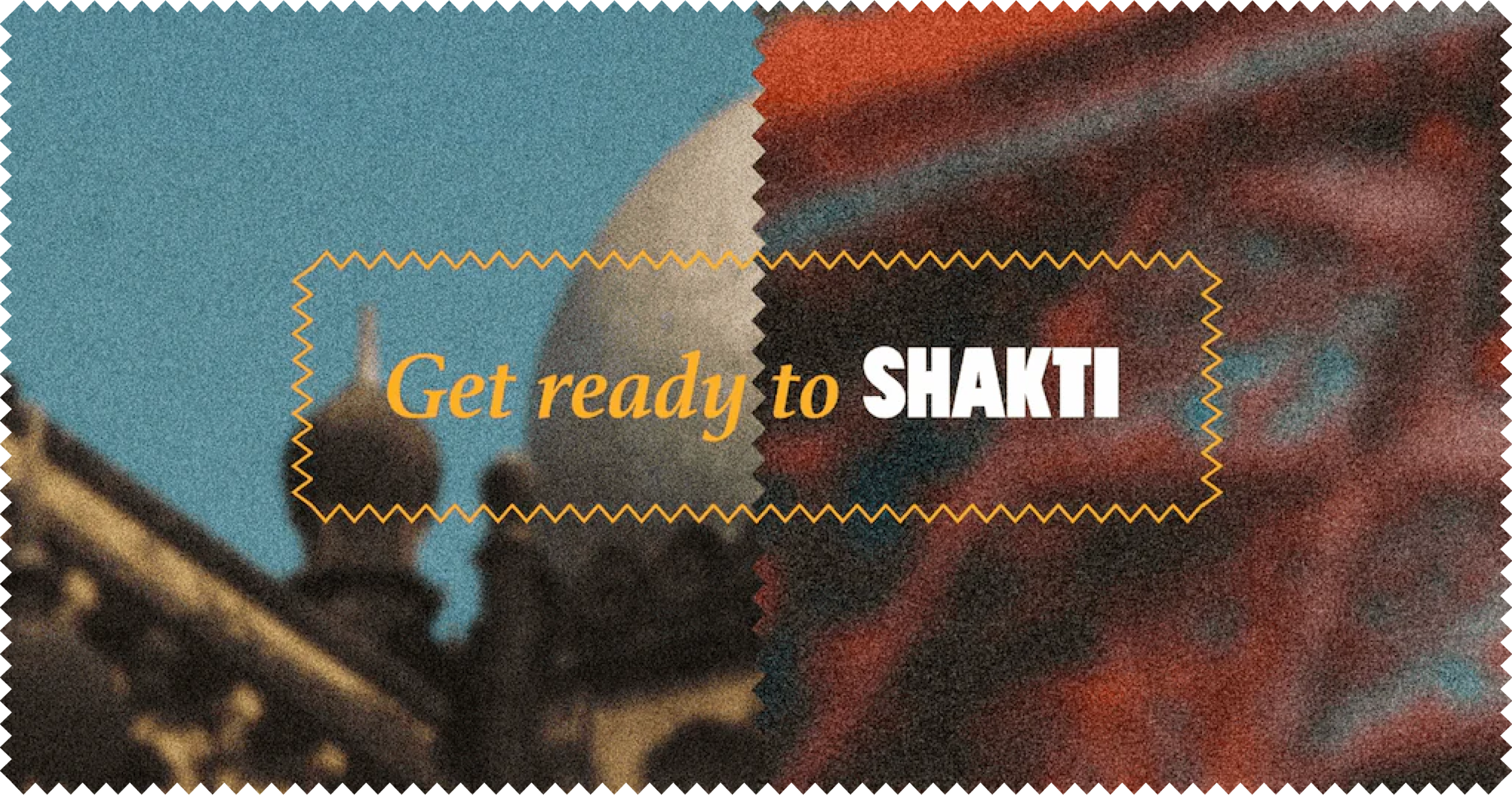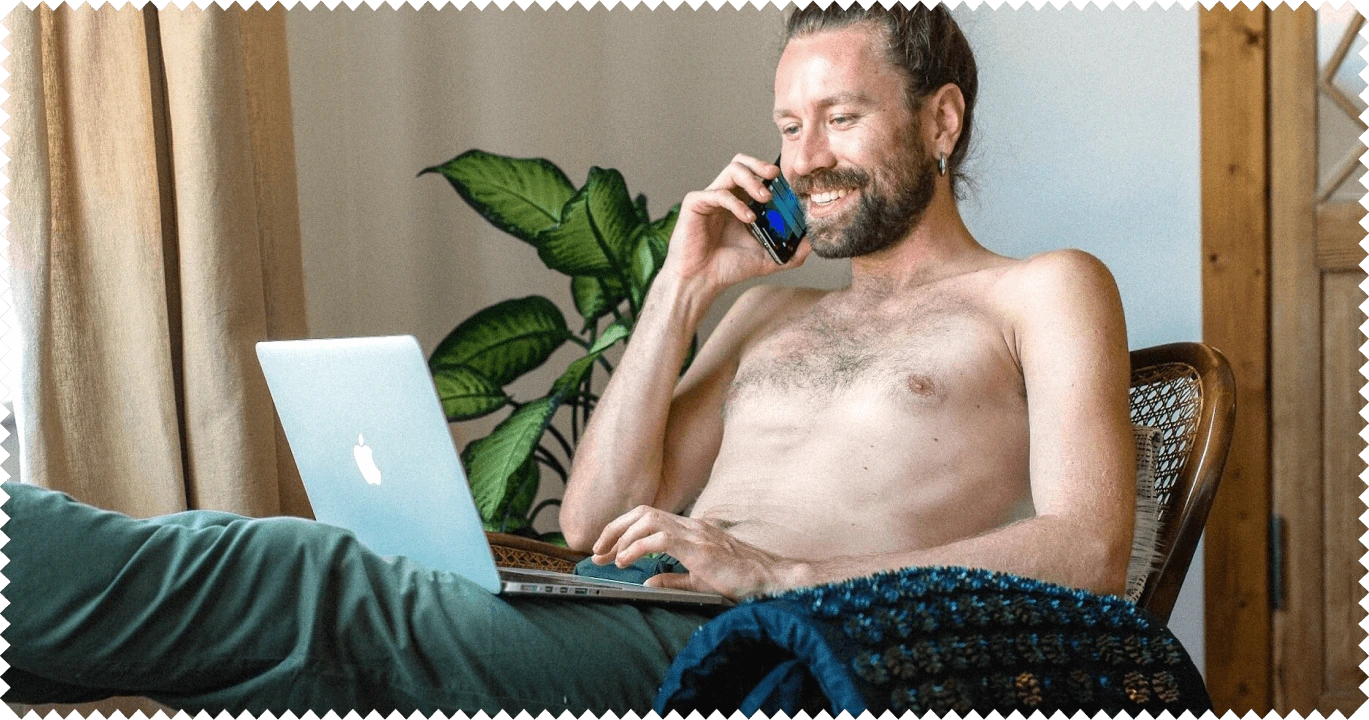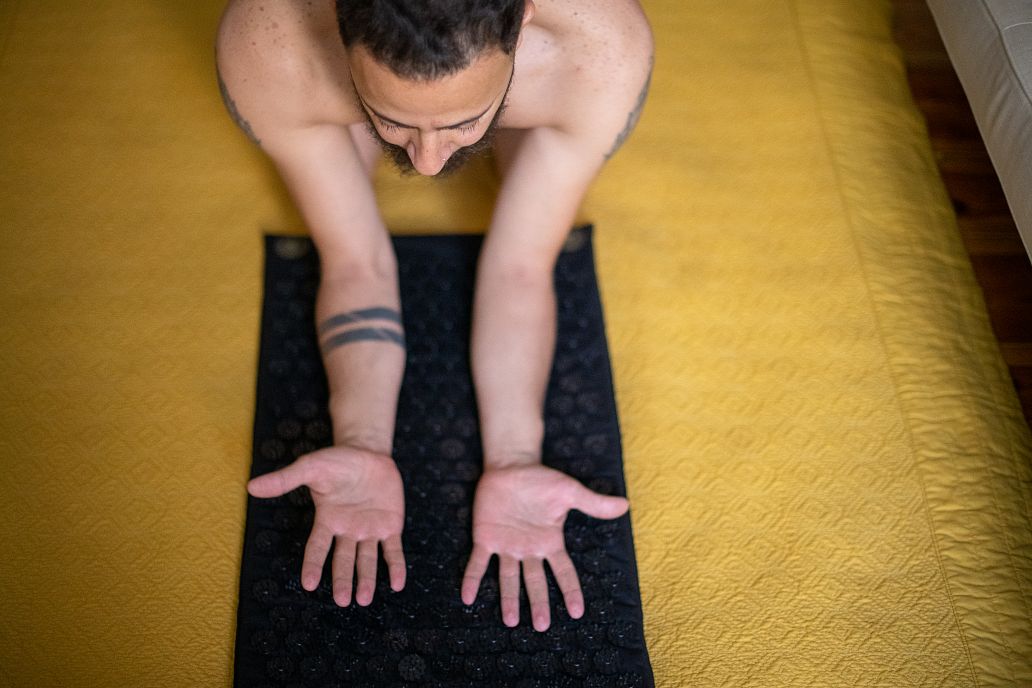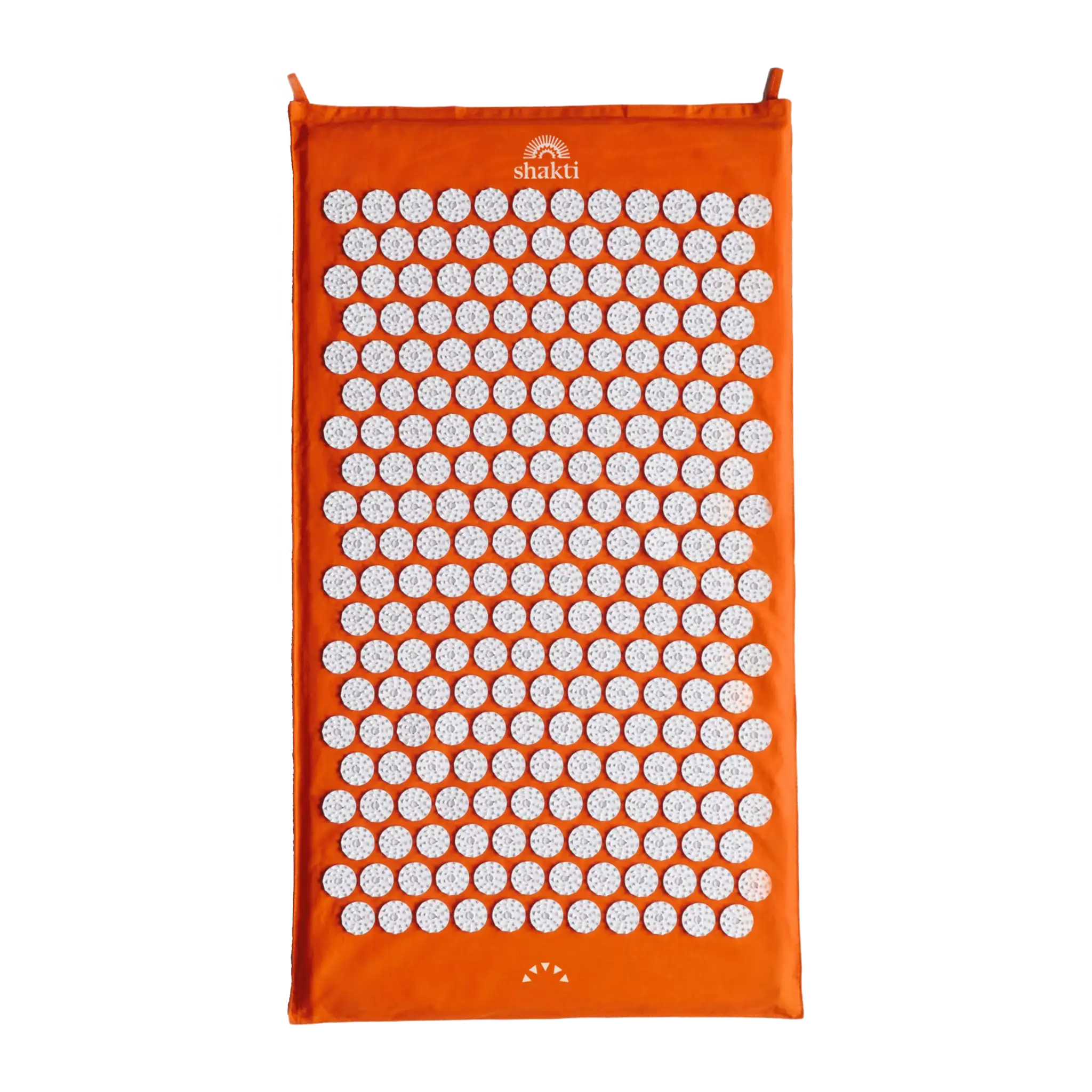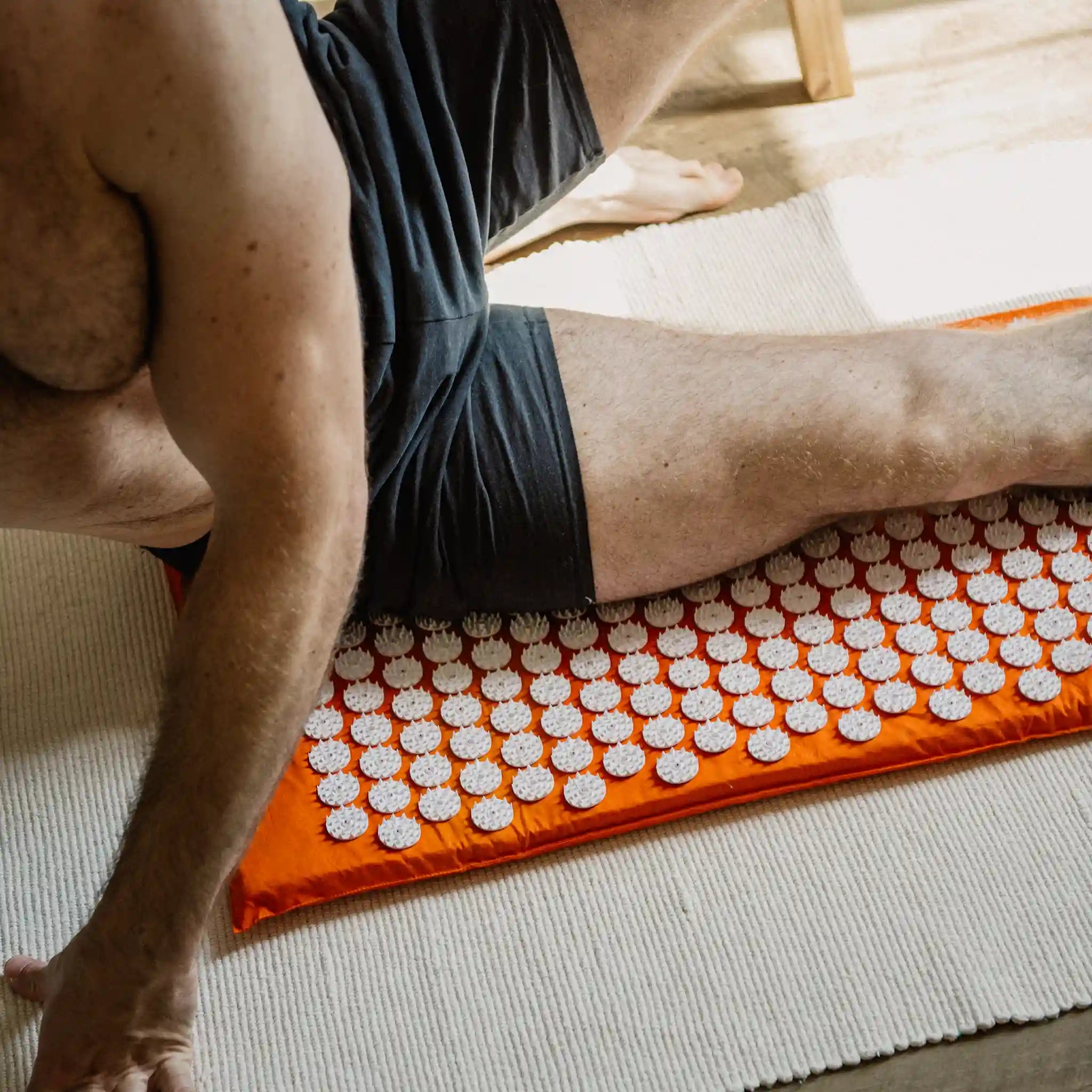- What is rheumatism: arthritis, arthrosis, gout and more briefly explained
- Relieve painful side effects of rheumatism
- Improve mobility in osteoarthritis with the Shakti Mat acupressure mat
- Ice cold against rheumatism - try cold applications & breathing according to Wim Hof
- A conclusion for those affected
Pain in the joints - a dull, sore, burning or inflamed feeling, immobility and stiffness. This is how many sufferers of one of the many types of rheumatism describe the sensation associated with the disease. This is often accompanied by severe tension, which in turn fuels the pain cycle and increases the pressure on the joints - a vicious circle that is often accompanied by enormous suffering.
In this article, we want to explain what is behind the often-heard term rheumatism. We will also show you how to apply pressure with your own hands, cold applications, acupressure and the acupressure mat from Shakti Mat can provide relief to help you live better with the condition.
What is rheumatism: arthritis, arthrosis, gout and more briefly explained
Rheumatism is a broad umbrella term to which a wide variety of diseases are subordinated. For a rough overview of what is hidden behind the word rheumatism, it makes sense to look at the four major categories of rheumatism:
Inflammatory rheumatic diseases
Inflammatory rheumatic diseases, of which rheumatoid arthritis is the best known, are autoimmune diseases. This means that the body attacks itself. Rheumatoid arthritis is the most common inflammatory joint disease. Around 1% of the German population is affected - two thirds of them women. In rheumatoid arthritis, the inner lining of the joint proliferates, destroying bone and cartilage. It is a bit like a tumor that eats holes in healthy tissue. In response, the joint often becomes hot and swollen. The inflammation occurs in relapses in most patients. All joints in the body can be affected. Hip joint pain often radiates to the back and thighs when sitting.
Degenerative rheumatic diseases
This type of rheumatism is caused by wear and tear. This means that a part of the body has been overloaded and damaged as a result. Classic examples are tendonitis and osteoarthritis.
Osteoarthritis occurs when the cartilage of a joint is damaged and can therefore no longer fulfill its natural function of absorbing shocks. This always happens when the synovial fluid is no longer available in sufficient quantities as a nutrient solution for the cartilage. For example, because it is repeatedly squeezed out of the joint by strong recurring pressure. An example of this would be a repetitive activity, such as heavy lifting from the same position over many years.
As the little remaining synovial fluid no longer supplies the cartilage sufficiently, it becomes susceptible to damage and cracks, becomes thinner and almost disappears in some places. This creates a lot of friction and movement is no longer smooth. From the joint's point of view, you can imagine this as if you were pushing a crate light-footedly over a smoothly polished floor and then suddenly having to continue on rough asphalt - a very painful process for the body.
Osteoarthritis usually prevents those affected from moving freely in everyday life. The normal use of joints, such as crossing and lifting the arms when taking off a sweater or bending the knees when climbing stairs, suddenly becomes a painful ordeal. In this article, we explain how you can support your body with acupressure for osteoarthritis.
Metabolic disorders with rheumatic complaints
These are diseases, such as gout, that cause symptoms similar to arthritis or arthrosis - for example, immobile fingers or swollen and painful joints.
Non-inflammatory rheumatic diseases of the soft tissues
Also commonly known as "soft tissue rheumatism", this refers to fibromyalgia, which manifests itself through non-specific severe pain in various parts of the body.
Relieve painful side effects of rheumatism
Arthritis and arthrosis, which we will focus on in this article when we talk about "rheumatism", are usually treated with medication and exercise therapy. In most cases, the accompanying symptoms of the disease can be reduced through targeted techniques and sufferers can experience a significantly less painful and more mobile everyday life. This is where we come in with acupressure.
Up to 80% of perceived rheumatic pain is caused by side effects such as tension and can therefore be reduced and prevented. Although the disease remains at its core, the everyday life of those affected is often significantly improved.
Relieve tension in rheumatism with acupressure
A common side effect of rheumatic diseases is tension throughout the body, which is triggered, among other things, by the fact that sufferers tense up due to their pain, both during the day and while sleeping. If these tensions are not actively treated on a regular basis, they become significantly worse and hinder the circulation of tissue fluid and thus the exchange of important messenger substances that the body needs for self-regulation and healing. In most cases, this exacerbates the symptoms of rheumatism and the sufferer is trapped in a cycle of discomfort, pain and restricted movement.
We have put together a list of acupressure exercises for rheumatism below, which many sufferers find helpful in relieving tension when used regularly:
Massage of the three-mile point Ma 36
You can find the so-called three-mile point by placing four fingers of your hand under the kneecap. At this position, one finger's width outside your shinbone, lies Ma 36. If you rock your foot up and down, a muscle will emerge as soon as you are in the right place - You can feel this with your finger. Find the point on both legs.
Once you know where the point is, clench your fists and massage up and down over the point for a minute, applying firm pressure. If you are unable to reach the point yourself due to immobility, you can ask someone to help you - But make sure you communicate well how much pressure is okay for you.
Pressing on the outer gate DW 5
DW 5 is located two and a half finger widths above the center of the crease of your wrist on the outside of the forearm between the ulna and radius. The best way to find it is to bend your hand slightly upwards and then place the two fingers at the point where the middle finger joint is located.
Use your thumb, grasp your arm and press firmly on this point for one minute while taking a deep breath. Then repeat the same exercise on the other side. You can use your thumb to apply good pressure to DW 5.
Press firmly on the Gates of Consciousness GB 20
Place both thumbs below the base of your skull approx. 5-8 centimeters apart from each other. In the right place, you will feel a depression under the base of your skull. Press as hard as you can and as comfortably as you can and now slowly move your head back and forth for a minute with this constant pressure.
GB 20 is known in acupressure not only for its helpful effect on arthritis and neck stiffness, but also for its positive effects on insomnia and headaches - both of which are also common side effects of rheumatism.
Pressure on the gates of consciousness GB 20 releases tension and can relieve pain.
Elbow and shoulder relief with the pond at the Di 11 bend
The Di 11 acupressure point is particularly interesting for complaints of the shoulder and elbow. You can find it at the upper outer end of the elbow crease by bending your arm in front of your chest. With your wrist pointing downwards, use the fingers of your other hand or your thumb to press firmly on the point where the visible elbow crease ends. Breathe deeply for one minute and close your eyes. Then repeat the exercise with the other arm. When the arm is placed against the body, it is easier to build up pressure.
Stimulate the anti-inflammatory point connection with the Di 4 valley
You can find the point by pressing the thumb and index finger of one hand together as if to create the roundest possible hole between them. When you apply this pressure, you can feel a tense muscle on the hand, exactly at the point between the two finger pads. The point lies on this muscle. Please do not press this acupressure point if you are pregnant. Now release your fingers and press the point firmly for a few minutes before changing hands. This point is used in acupressure for various pain symptoms.
Improve mobility in osteoarthritis with the Shakti Mat acupressure mat
With osteoarthritis, it is particularly important to keep the body's tissues moving and supplied with blood. Because the Shakti Mat can strongly stimulate blood circulation, we combine classic movement therapy with the mat in the following exercises. As osteoarthritis patients are often affected by severe pain, it is advisable not to overdo it, which is why we do not specify the number of repetitions for the following exercises. The aim should be to do what is possible and does you good and no more than that. Combined with a good audio book or great music, working on your own body is often twice as much fun - just give it a try!
Exercise 1: Improve deep stability in the knee
Stand (with thick socks or a cloth on the mat if you are not already a pro with the Shakti Mat) with one leg on the acupressure mattake three steps on the spot and then stop briefly on one leg and lift the other knee a little higher than you would with a normal step. So 1-2-3 up and then continue and lift the other side up. As long as it feels comfortable. When the Shakti Mat is very intense, it is best to practise with socks on first.
Exercise 2: Strengthen gluteal muscles & blood circulation for hips & back
Lie on the transverse acupressure mat with your legs loosely bent and your upper buttocks and lower back on the mat. Breathe deeply and allow the points to work in well. Now tense your pomus muscles and start to tilt your legs inwards and outwards. Take breaks in between by relaxing the muscles completely - You can also stretch out your legs. Thin clothing helps pain sufferers to relieve the pressure of the acupressure-tips slowly at a comfortable intensity.
Exercise 3: Move shoulders and neck
Lie on the floor with your upper back and neck on the acupressure mat - if you have a Shakti Pillow , place it under your neck. Let the points work until you feel well supplied with blood. Now remove the mat and start to turn your head to the left and right so that your ear is facing the mat.
Then let your head look straight up again and start to move your outstretched arms along the floor over your head and back as if they were eagle wings. Repeat this alternately as often as it feels good and rest on the Shakti Mat afterwards if you wish.
-
Step 1: Lying on the Shakti Mat circulates the blood and prepares the tissue for the exercise.
-
Step 2: The head is moved back and forth.
-
Step 3: Pull your arms across the floor like large bird wings and mobilize your shoulders. The slower, the better.
Exercise 4: Mobilize hands & fingers
Place the Shakti Pillow on the table in front of you or roll up your Shakti Mat and secure it with a strap. Now place your hands on the tips and make gripping movements as long as it feels good for you. If you are unable to grip due to stiffness, make gentle pressing or rocking movements with your hand instead.
Depending on which angle is most comfortable, you can do the exercise on a chair, the table or even your own lap.

Ice cold against rheumatism - try cold applications & breathing according to Wim Hof
In addition to traditional exercise therapy, drug treatment and acupressure, we would like to introduce you to another, less well-known method as a supplement so that you can expand your own research in this direction if necessary:
The Wim Hof Method. This method combines breathing techniques and cold applications such as the ice bath. A 2019 study confirmed that inflammation levels in people with axial spondyloarthritis - an inflammatory disease of the spine - in the body could be significantly reduced through the consistent application of the techniques.
Shakti Mat meets cold shower
At home, you can also try out light cold treatments in your own shower with prior preparation and circulation of the body. Simply stand on the Shakti Mat for one to two minutes - You can use a thin cloth or keep your socks on so that the tips don't have such a strong effect. It would be great to have your favorite music playing while you do this!
Then it's off to the shower, which you start as normal and then boldly turn to cold. Start with small steps - it doesn't have to be icy straight away! Important: keep breathing calmly and focused, don't hold your breath. Hang in there for as long as you can - if it's only 10-20 seconds at the beginning, that's perfectly fine. Then dry off as normal and start the day.
The Shakti Mat is always a good idea in the bathroom, even without cold applications! You can also simply stand on it while brushing your teeth and treat yourself to a foot massage.
As Wim Hof teaches breathing in his courses both lying down and sitting up, we tried out the breathing technique on the Shakti Mat for you and can say: we haven't been this clear and alert in our heads for a long time! However, concentrated breathing while lying on the acupressure mat is a challenge, especially if you are feeling exhausted, as is often the case with rheumatism sufferers.
A conclusion for those affected
Those who suffer from rheumatism often have a significantly increased risk of concomitant illnesses such as severe tension, the fibromyalgiawhich we have already reported on for you here, depression or cardiovascular complaints. As rheumatism, with its various individual manifestations, is a disease that affects many people, it is worthwhile not remaining alone. Sharing experiences, joint exercise therapy groups and regular meetings with other sufferers are encouraging and beneficial.
About the author
Antje Wickboldt is a freelance author from Berlin. She has been studying the body's self-healing powers for over 10 years and, as a lecturer, explains in interactive presentations for companies and offices how tension can be relieved with the help of acupressure and massage.
Sources for this article
- Andrews, Synthia and Dempsey, Bobbi: Acupressure & Reflexology for Dummies. Wiley Publishing, Indianapolis 2007. p. 216 f.
- Reed Gach, Michael: Healing points. Acupressure for self-treatment of diseases. Knaur, Munich 1992. p 78 ff.
- Interview with Prof. Dr. Erika Gromnica-Ihle: https://www.youtube.com/watch?v=NQajjP-Y4NY&list=PLBIWsKNQKeoNGMHvNOSi2Jj23l3BOfUm1&index=17&ab_channel=DeutscheRheuma-Liga
- "Understanding the disease" - German Rheumatism League: https://www.youtube.com/watch?v=XI9WdeofGaY&list=PLBIWsKNQKeoNGMHvNOSi2Jj23l3BOfUm1&index=12&ab_channel=DeutscheRheuma-Liga
- Interview with arthritis patient about the Wim Hof method: https://www.youtube.com/watch?v=m7YtQywTr3s&ab_channel=WimHof
- Official website of Wim Hof on the subject of arthritis: https://www.wimhofmethod.com/blog/battling-arthritis
- https://www.ndr.de/fernsehen/sendungen/die-bewegungsdocs/Tiefenstabilitaet-fuers-Knie,bewegungsdocs484.html
- Study on Wim Hof & arthritis:
- https://journals.plos.org/plosone/article?id=10.1371/journal.pone.0225749"



